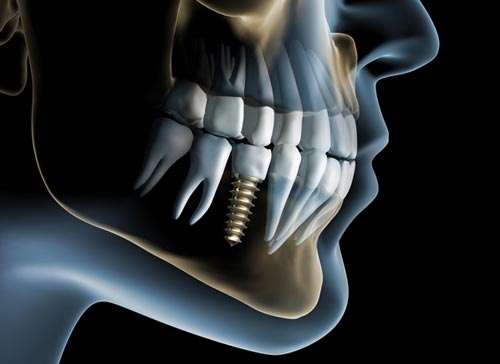Dental implants can be used for all types of restorations. Unlike traditional bridges, a restoration with implants replaces a tooth without the need to polish adjacent teeth. The bridges that are fixed with implants are independent and do not lean on the teeth of the sides. Fixing a partial restoration with implants also eliminates the need for less aesthetic fixation methods, such as hooks.
Beyond the cause of tooth loss, dental implants can be a simple, proven and durable solution for teeth restoration. After an in-depth examination of your medical history, your dentist will advise you if dental implants are the right solution for you. Anyone who has lost one or more teeth due to injury, illness or decay may be eligible for dental implant treatment. No age limit. In fact, the decisive factor is that the jaw is not growing and that there is enough quality and healthy bone that allows the placement. If the amount of bone is insufficient, it can also be regenerated.
However, high consumption of alcohol, tobacco, diabetes and other clinical situations may interfere with the implant integration process and its long-term definitive success. Dentists should pay special attention to cases of people suffering from bruxism during the night.
In ideal cases, implants can be placed in just one session. However, your treatment plan will depend on the particular clinical case. Depending on the procedure, it may take between one and two hours. Then, the implant usually needs some time to integrate and join the bone. The better the quality of the bone, the better the conditions and the shorter the duration of the treatment. Depending on the clinical case, a temporary tooth will be placed during the integration period. Once the integration phase has been completed successfully, the final replacement tooth will be added.
The dentist will first carefully diagnose and evaluate if the conditions for implant treatment are met. It is essential that the jaw and bone are not inflamed (periodontitis) and there are no cavities. If necessary, these situations will also be addressed. During the diagnosis, the quantity and quality of osea will also be carefully examined. If the amount is inadequate for treatment with implants, you can also choose to regenerate the bone.
Modern dentistry is experiencing a rapid advance in solutions and products to meet the needs of all patients, improving daily the chewing function and the restoration of personal appearance.
For more information contact Dr. Mauricio Hervas at Implantation Dental Center 954.476.0770 or visit our website www.implantationdentalcenter.com




Pingback: Comparing Dental Implants and Dentures + Pros and Cons of Both